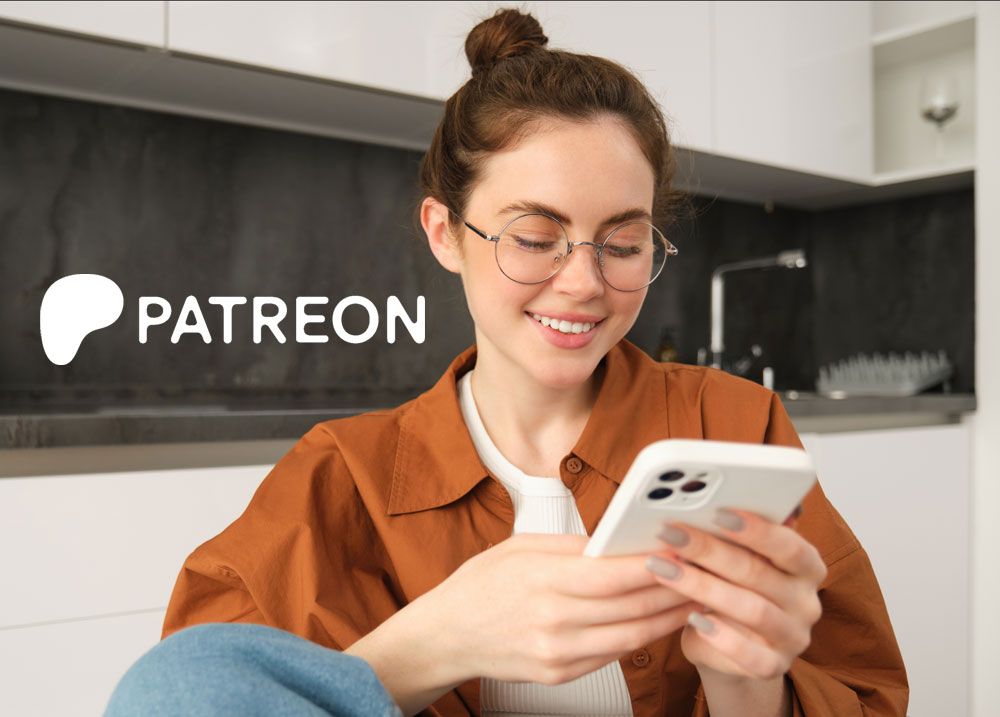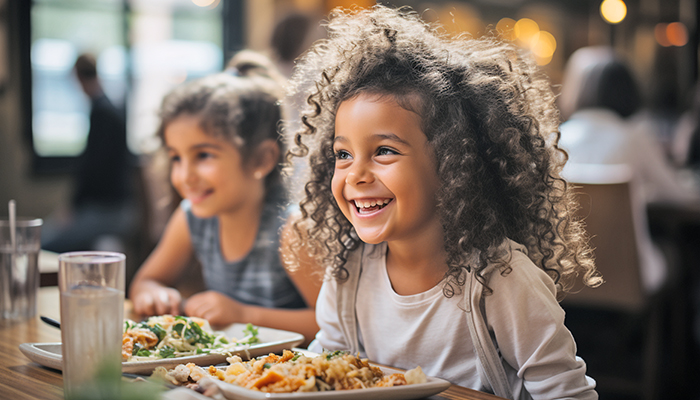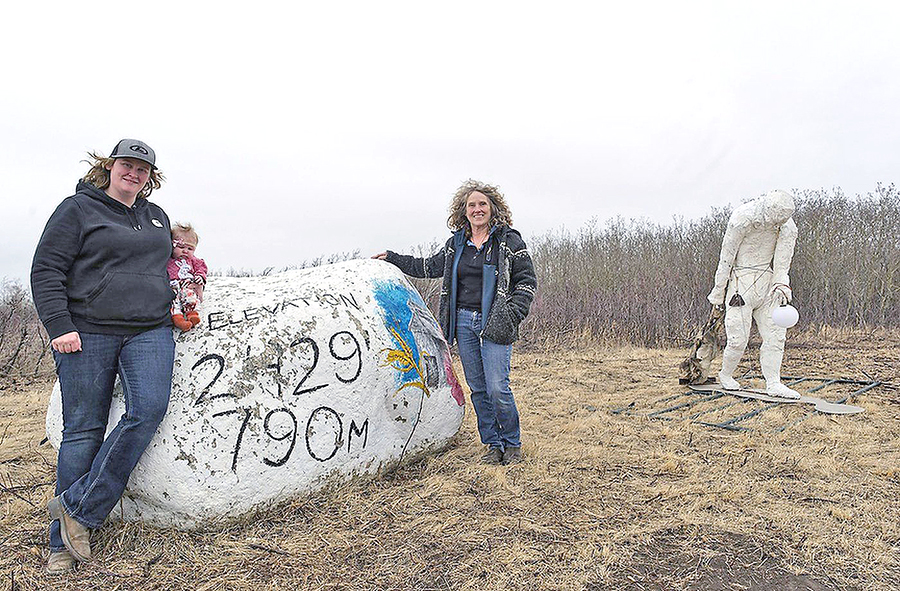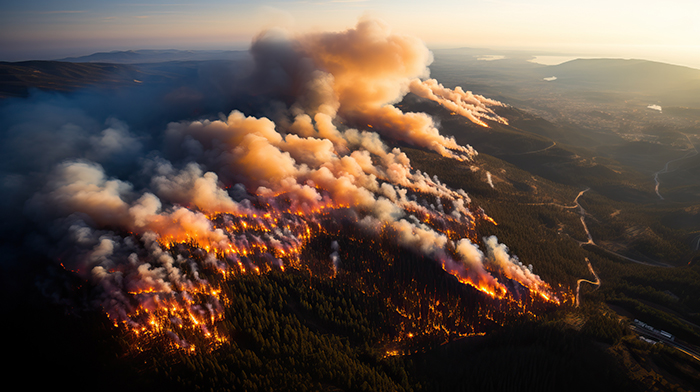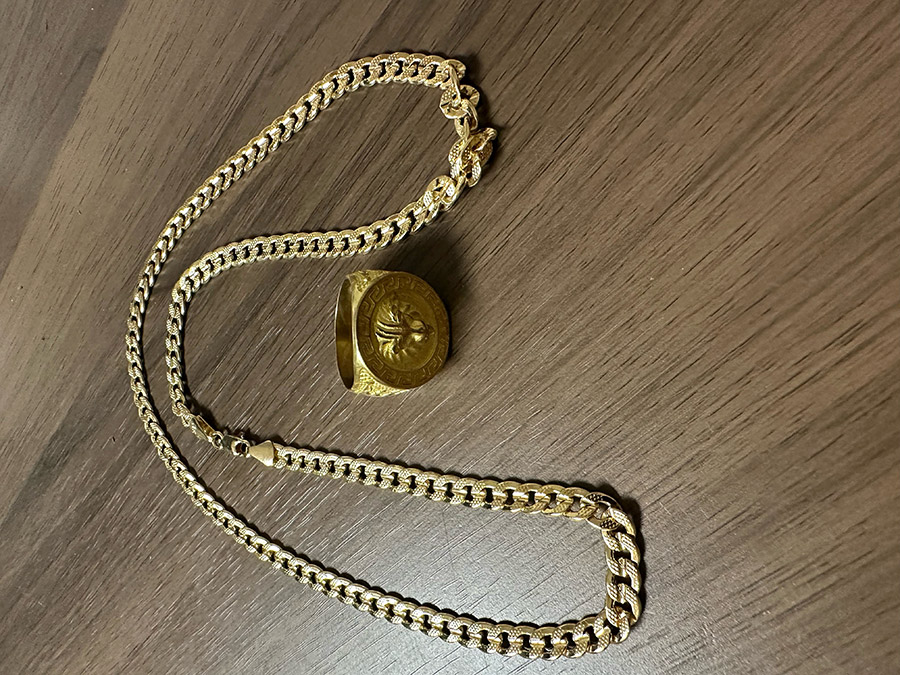Setting up recycling routings the best formula for success
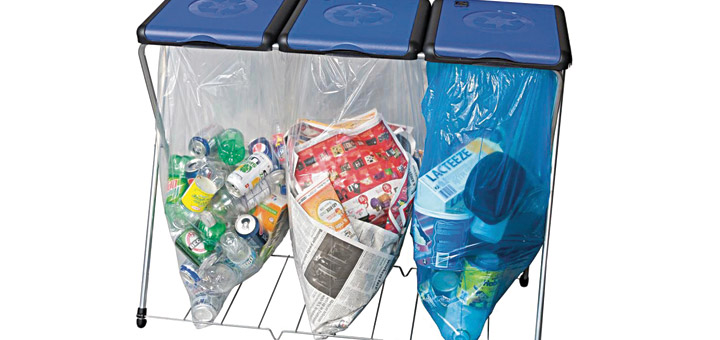
When looking into recycling successes, experts say that one of the easiest ways to become a good recycler is to set up recycling stations in your home.
If you make it as easy as possible to recycle, you’re more likely to do it.
The three r’s of recycling are often referred to as reduce, re-use, and recycle, and those terms are as valid today as when the phrase was coined. But there are another three r’s that sum up recycling from a program view, and that’s recycle, re-sale, and remanufacture.
Solid Waste Management Authorities like Flagstaff Waste are always looking to maximize the effectiveness of their recycling operations.
Flagstaff Waste does that by accepting some of their largest recycling streams directly from the source, and storing them apart from other items. The top four materials recycled are concrete, metal, compost, and cardboard, accounting for nearly 88 per cent of all Flagstaff Waste’s recyclables by weight.
These items have secure markets where they can be sold.
Flagstaff Waste reports that other recycling streams at their main location include tires, electronic waste, pesticide containers, used oil, and paint, and these are supported by government programs, with little to no cost to Flagstaff Waste.
Commingling household streams and blue bag programs appeared to be a good choice when the cost for Flagstaff Waste to send these items out was about the same as the cost of having them go into the landfill.
It’s also proven that more people are more likely to recycle if it is made easy.
In today’s more volatile recycling market, now that China has put big restrictions on what they will accept, costs for sorting commingled recycling are skyrocketing. As well, contamination levels are not meeting China’s new standards, and the recycling is ending up in the landfill anyway.
With new recycling programs coming later this summer, Flagstaff Waste is urging area residents now to start developing good sorting methods, setting up recycling stations to divide and store each category.
Some plastics will still be recyclable, but these will be limited to just #1 and #2 plastics (indicated by the number inside the recycling symbol on the base of each item).
These items must be rinsed/washed, to avoid contamination and odor. Lids must be removed, as these are usually made of a different type of plastic.
The market for clean, uncontaminated #1 and #2 plastics is as much as $325 a tonne.
As soon as it becomes contaminated, or mixed with other, non-recyclable plastics, it has zero value, and costs Flagstaff Waste as much as $90 to get rid of.
Newspaper and office paper should be sorted separately, as these two items end up in different streams, and both contaminate the other’s price potential.
An uncontaminated tonne of bond paper is currently worth $80 to $240, according to Recycle Alberta.
Flagstaff Waste says pure newsprint has several end uses, and therefore good markets are available for sale of this product once collected.
Mixed paper is the least desirable, and instead of selling this recycled product, Flagstaff Waste pays to have it taken away.
Separating your paper streams is key for your recycling program to maximize its effectiveness.
Cardboard has different categories. Murray Hampshire, Manager at Flagstaff Waste Management, says, “The familiar brown corrugated box, referred to as OCC, has the most marketing options in North America.” Current pricing on baled OCC is as high as $145 a tonne.
Hampshire says that food contamination, like from pizza boxes, is one thing that makes OCC undesirable, and too much contamination can ruin a load.
The other type of cardboard is box board, the type without an inner layer of corrugated paper, for example cereal boxes. This type of cardboard should be sorted out from the OCC, and Hampshire says that there are still markets for selling this product.
Recycling must represent an effort from everyone at every stage to be successful.
Ultimately, recycling is acknowledging a waste problem around the globe, and taking one small step towards reducing our footprint.
There are many options to setting up recycling stations, from that shown above, using blue bags to sort and transport recyclables to the bins, to stackable or side-by-side rigid plastic bins.
Originally published in the July 25, 2018 edition of The Community Press. Call 780-385-6693 to reserve back-issues.
Never miss an issue – become a subscriber today! CLICK HERE!
Print is still the most effective medium. Attract LOCAL customers by supporting LOCAL media. ADVERTISE!
ads@thecommunitypress.com
Leslie Cholowsky
Editor

